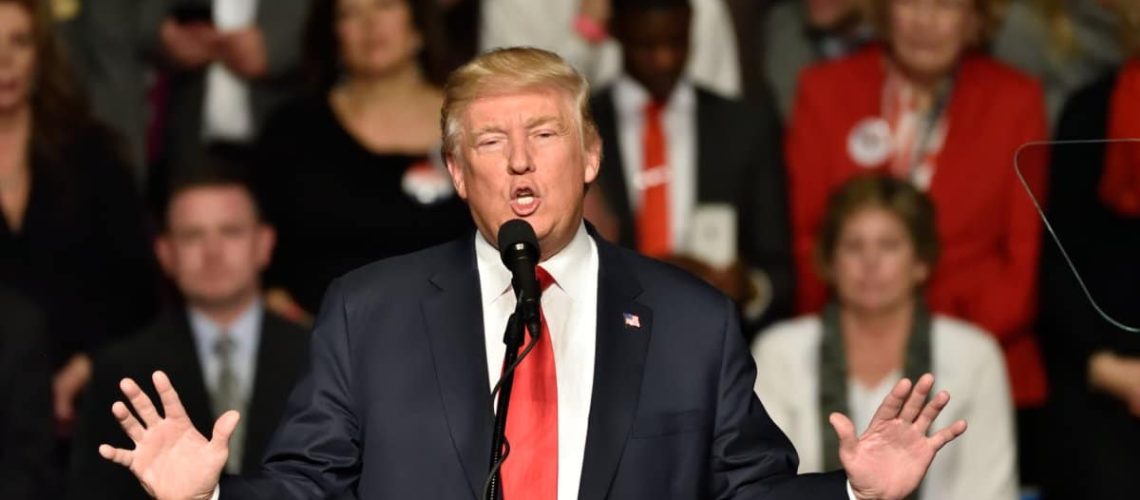Donald Trump’s approach to immigration has been one of the most polarizing aspects of his political career. From building walls to banning entire nationalities, his policies have sparked debates, protests, and praise from various quarters. Here’s a deep dive into Trump’s immigration philosophy and its far-reaching impacts.
The Wall That Divided a Nation
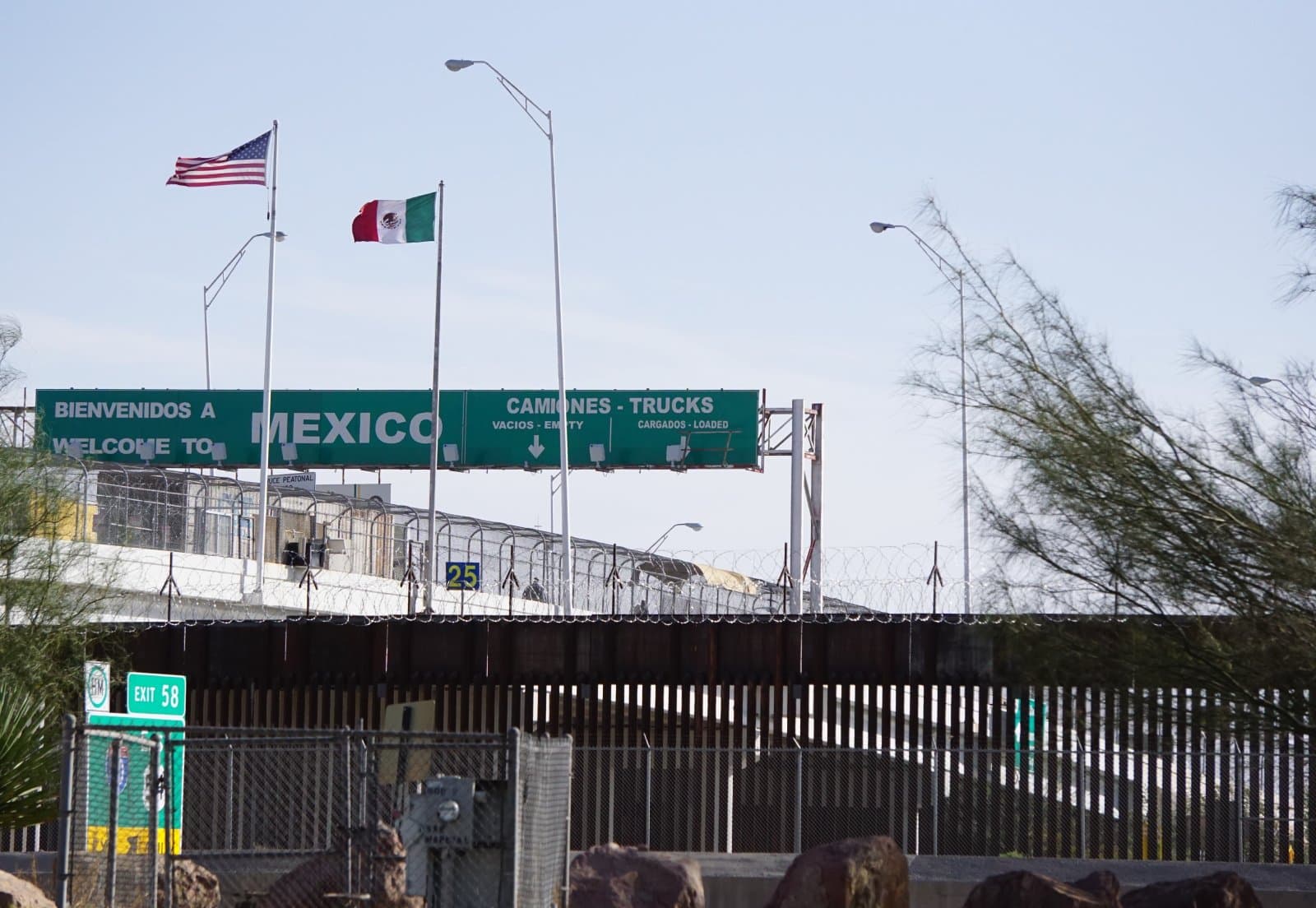
One of Trump’s most infamous campaign promises was to build a wall along the U.S.-Mexico border. “I will build a great, great wall on our southern border, and I will have Mexico pay for that wall,” he declared in 2015. While the wall became a powerful symbol of his immigration stance, the reality was more complicated, with funding battles and legal challenges delaying construction.
Immigration as a Security Issue
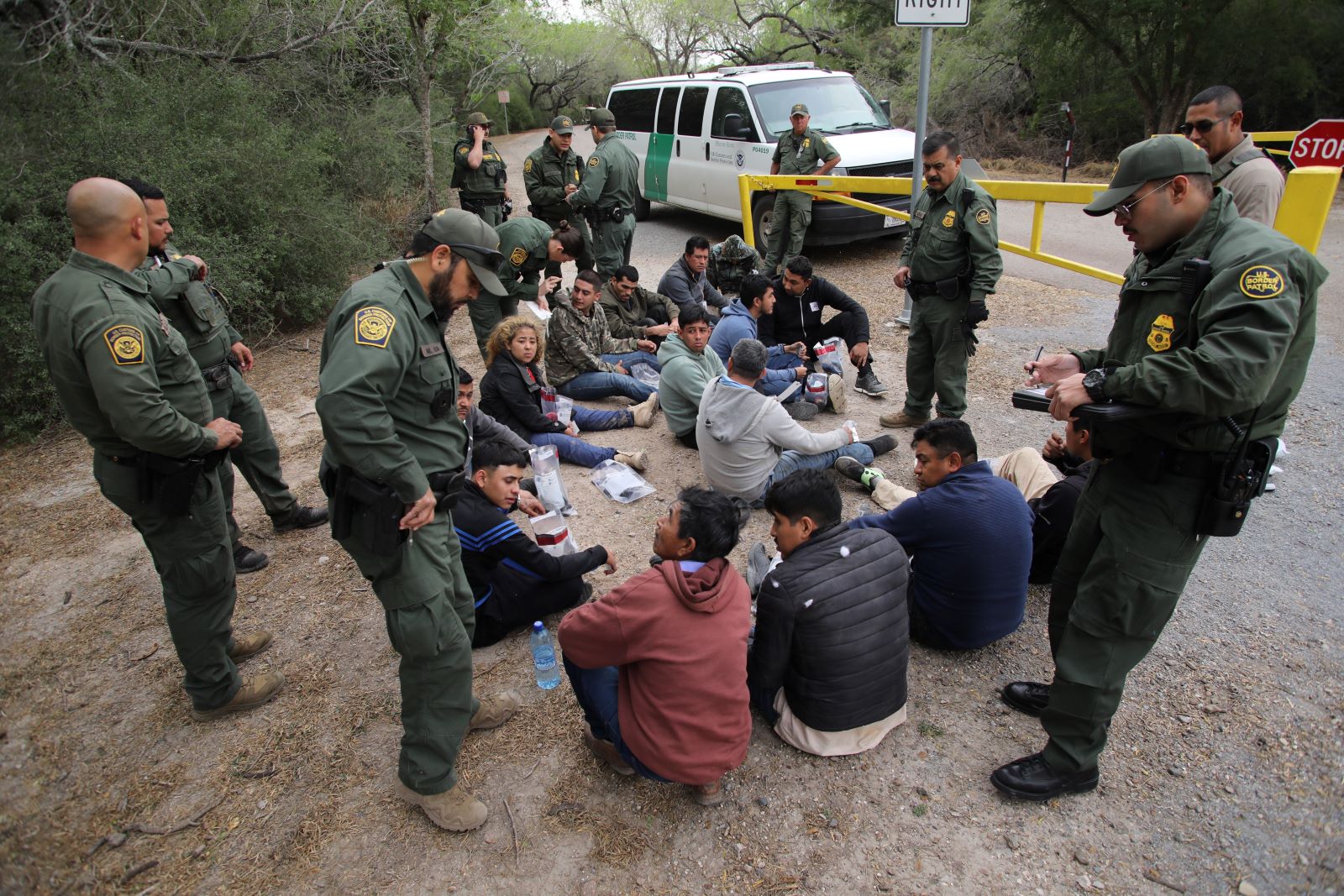
Trump often framed immigration as a security threat, arguing that lax policies allowed criminals and terrorists to enter the U.S. “When Mexico sends its people, they’re not sending their best,” he famously said, sparking outrage and setting the tone for his administration’s hardline policies.
Travel Bans

One of Trump’s first actions as president was to implement a travel ban targeting predominantly Muslim countries, which he justified as necessary for national security. “We don’t want them here,” he stated, defending the ban against accusations of religious discrimination. The ban faced multiple legal challenges but was eventually upheld by the Supreme Court in a revised form.
Trump’s Immigration Agenda
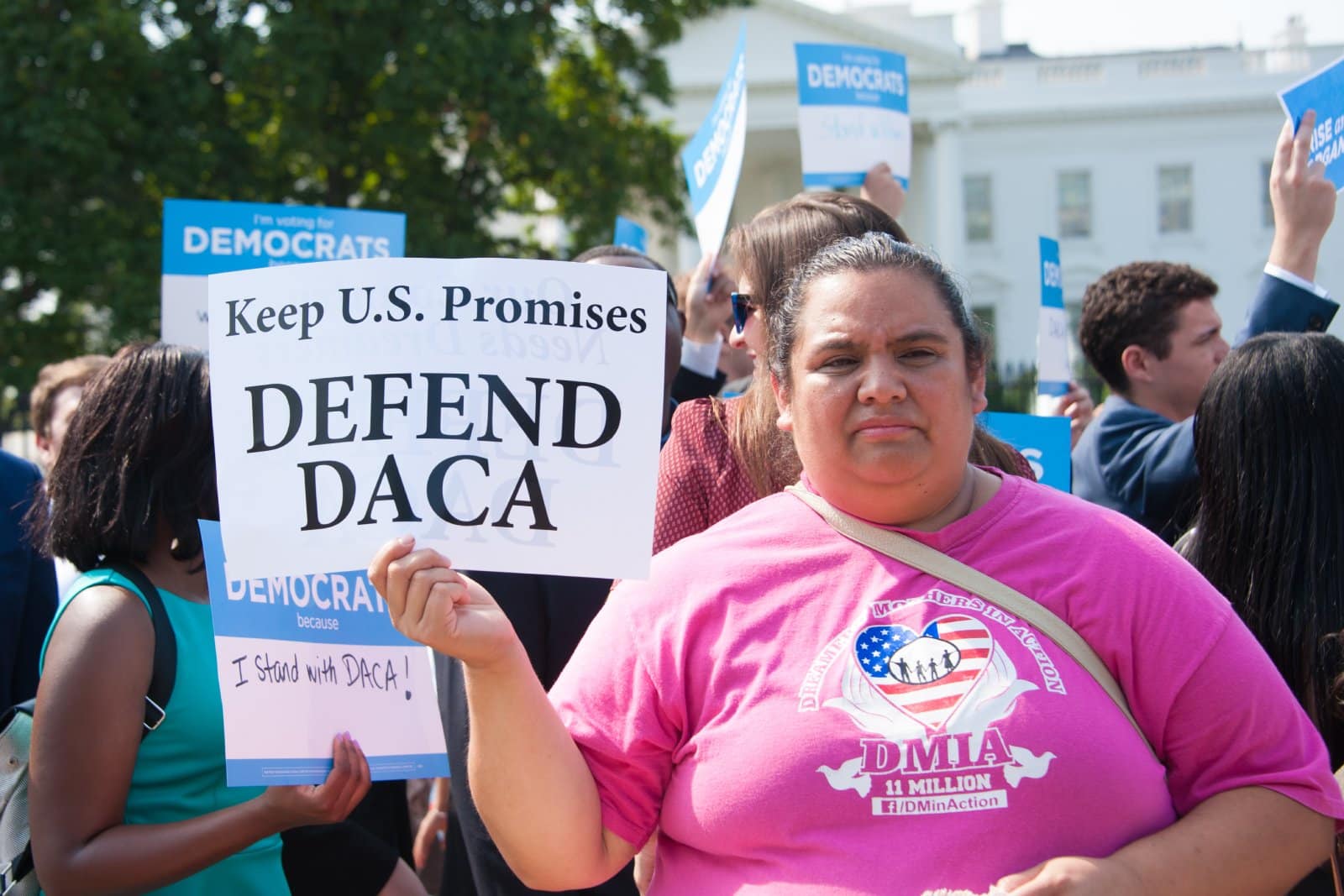
The Deferred Action for Childhood Arrivals (DACA) program, which protected undocumented immigrants brought to the U.S. as children, was a frequent target of Trump’s immigration agenda. “We’re going to end DACA; we have to,” he said, viewing the program as an example of executive overreach. Despite his efforts, the courts blocked his attempts to terminate DACA, highlighting the contentious nature of immigration reform.
Family Separation

Perhaps one of the most criticized aspects of Trump’s immigration policy was the family separation policy at the border. The administration’s zero-tolerance policy led to thousands of children being separated from their parents. “You have to take the children away,” Trump reportedly said, defending the policy as a deterrent to illegal immigration. The outcry over this policy was intense, leading to a partial reversal and ongoing debates about its ethical implications.
Closing the Doors
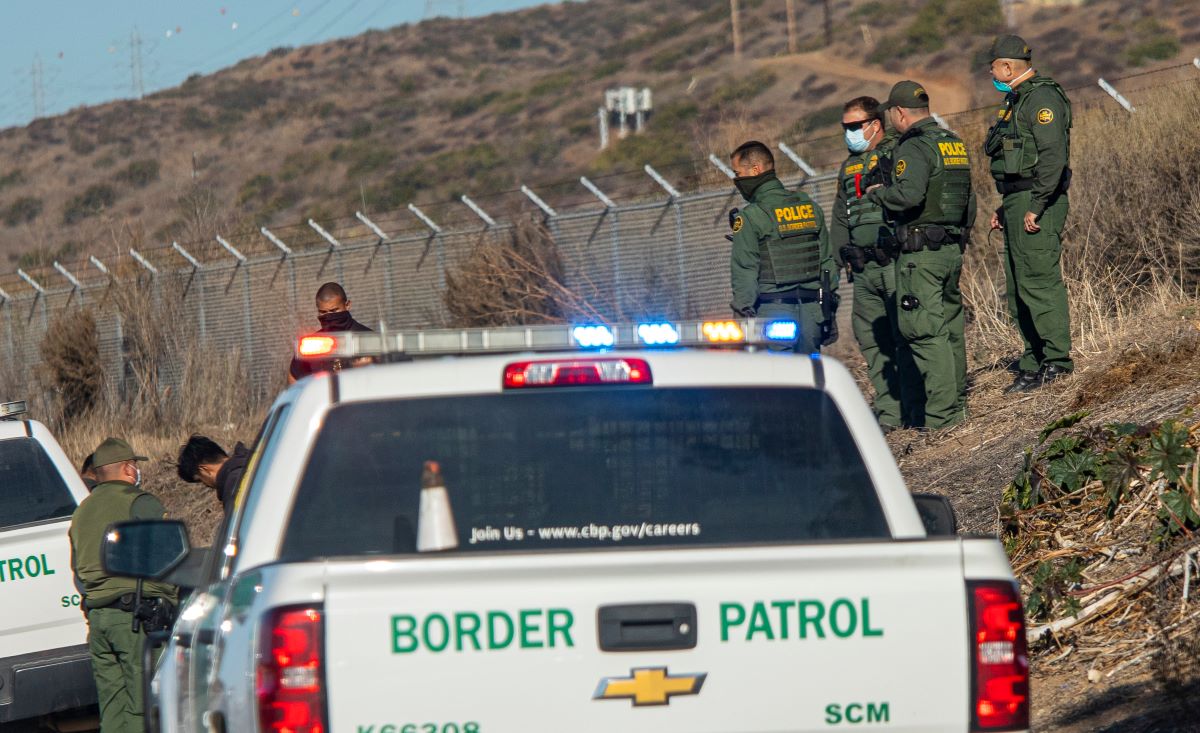
Trump’s administration made significant changes to the asylum process, making it more difficult for individuals fleeing violence and persecution to find refuge in the U.S. “Our country is full,” he claimed, suggesting that America could not accommodate more asylum seekers. These policies led to long wait times and dangerous conditions for migrants in border facilities.
Sanctuary Cities

Trump’s opposition to sanctuary cities, which limit cooperation with federal immigration authorities, was another hallmark of his presidency. He often threatened to withhold federal funding from these cities, arguing that they posed a threat to public safety. “These are criminals, and we need to get them out,” he insisted, sparking legal battles with cities like San Francisco and New York.
Immigration and the Economy

While Trump often highlighted the economic burdens of immigration, he also acknowledged the importance of skilled immigrants. “We want people to come in, but they have to come in legally,” he said, proposing merit-based immigration reforms. This approach aimed to prioritize immigrants who could contribute to the economy but faced criticism for undermining family-based immigration.
More Than Just a Wall

Beyond the wall, Trump invested heavily in border security, increasing the number of Border Patrol agents and deploying military personnel to assist with enforcement. “We need strong borders,” he stated, emphasizing the need for a multi-faceted approach to border control.
Divisive Language
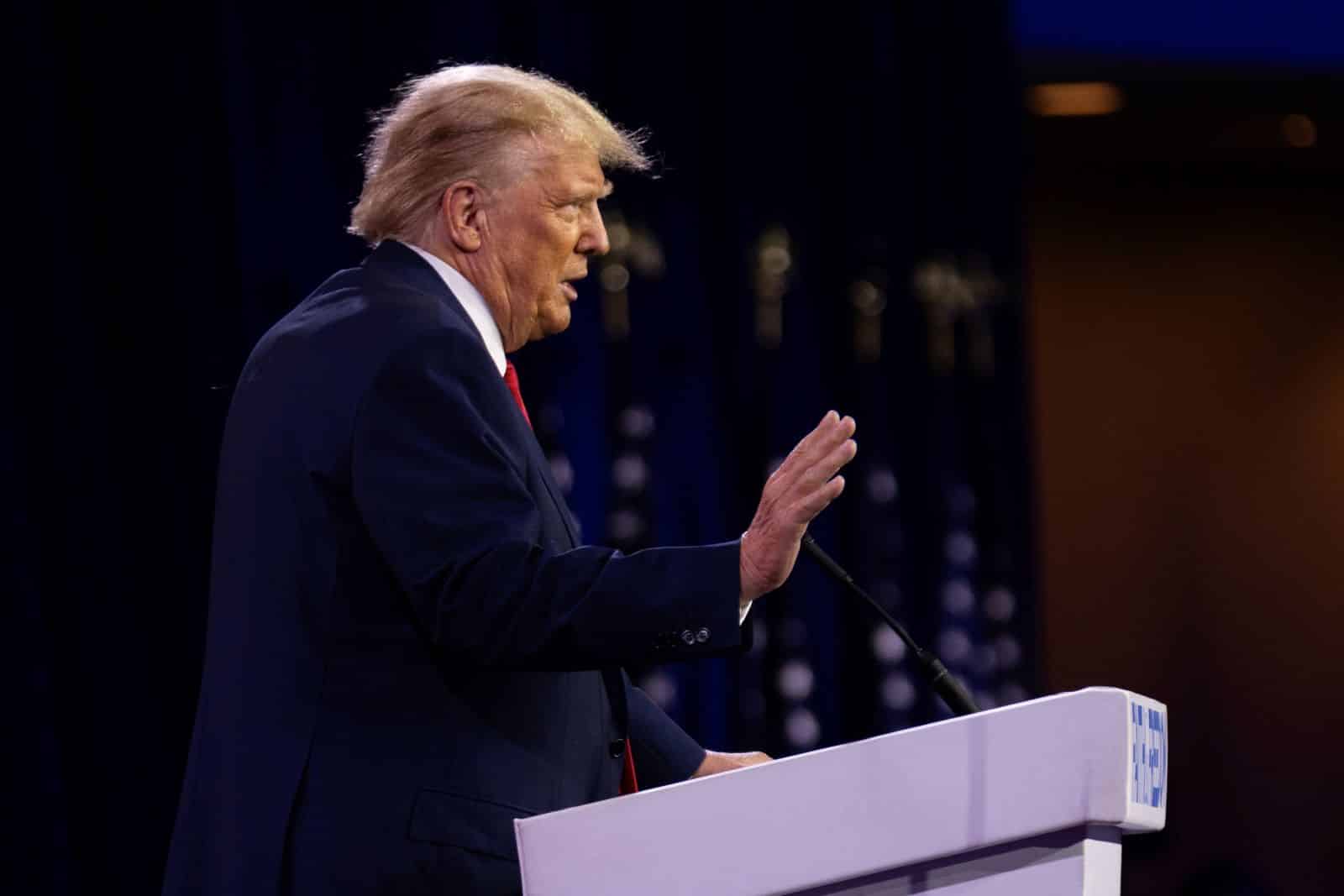
Trump’s language on immigration often stoked fear and division, with critics accusing him of using immigrants as scapegoats for broader societal issues.
The Pandemic’s Impact

The COVID-19 pandemic provided Trump with a new rationale for restricting immigration, citing public health concerns. He temporarily suspended certain types of visas, arguing that it was necessary to protect American jobs. “We have to protect our American workers first,” he asserted a stance that resonated with his base but drew criticism from immigration advocates.
Immigration Courts

Under Trump, the immigration court system faced increased pressure, with a backlog of cases and limited resources. The administration’s policies exacerbated these challenges, leading to calls for reform and greater investment in the judiciary to ensure timely and fair proceedings.
The Role of ICE
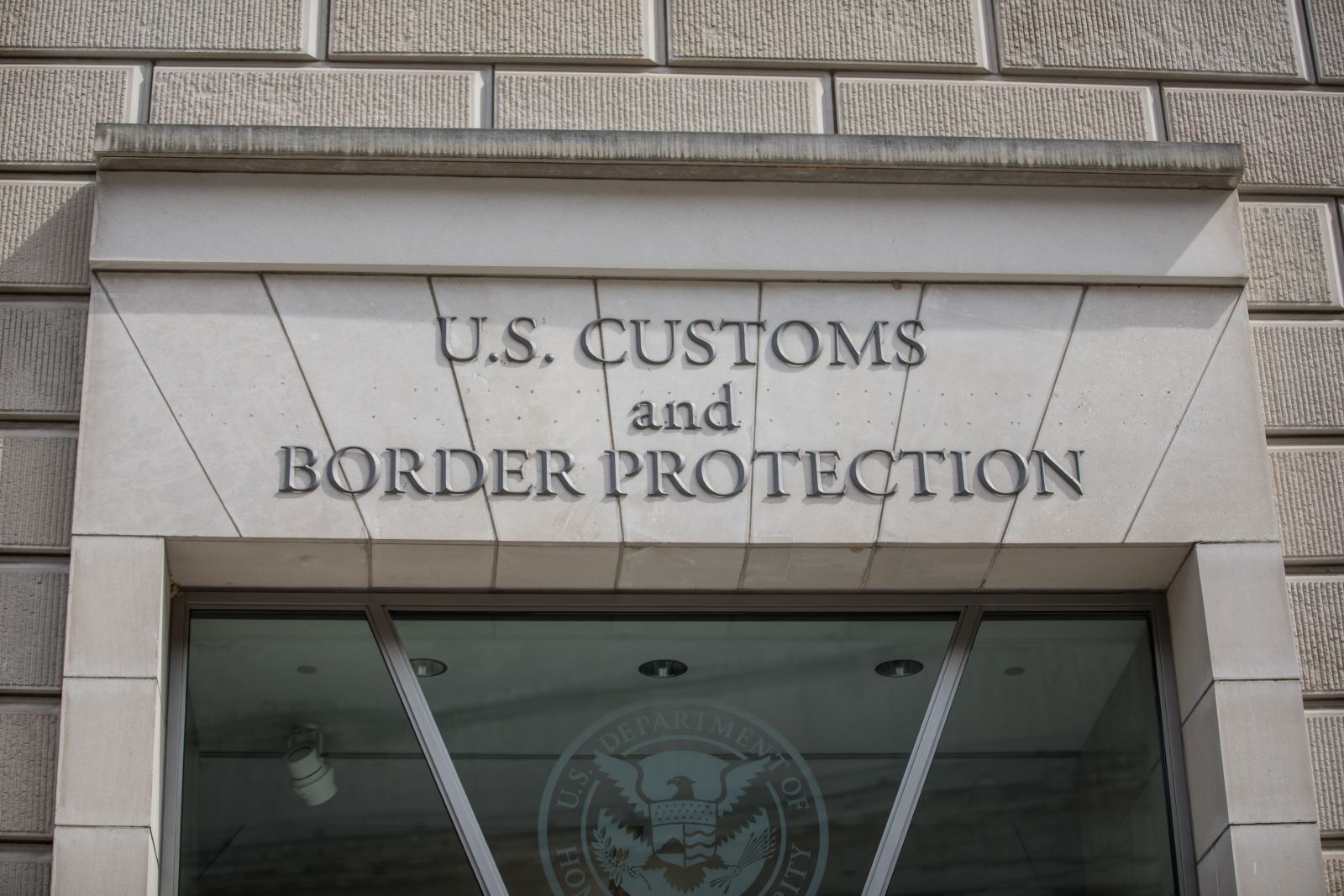
Immigration and Customs Enforcement (ICE) played a central role in Trump’s immigration strategy, conducting high-profile raids and deportations. “We’re going to get rid of the bad ones,” he promised, supporting ICE’s efforts despite protests and calls for its abolition.
International Relations
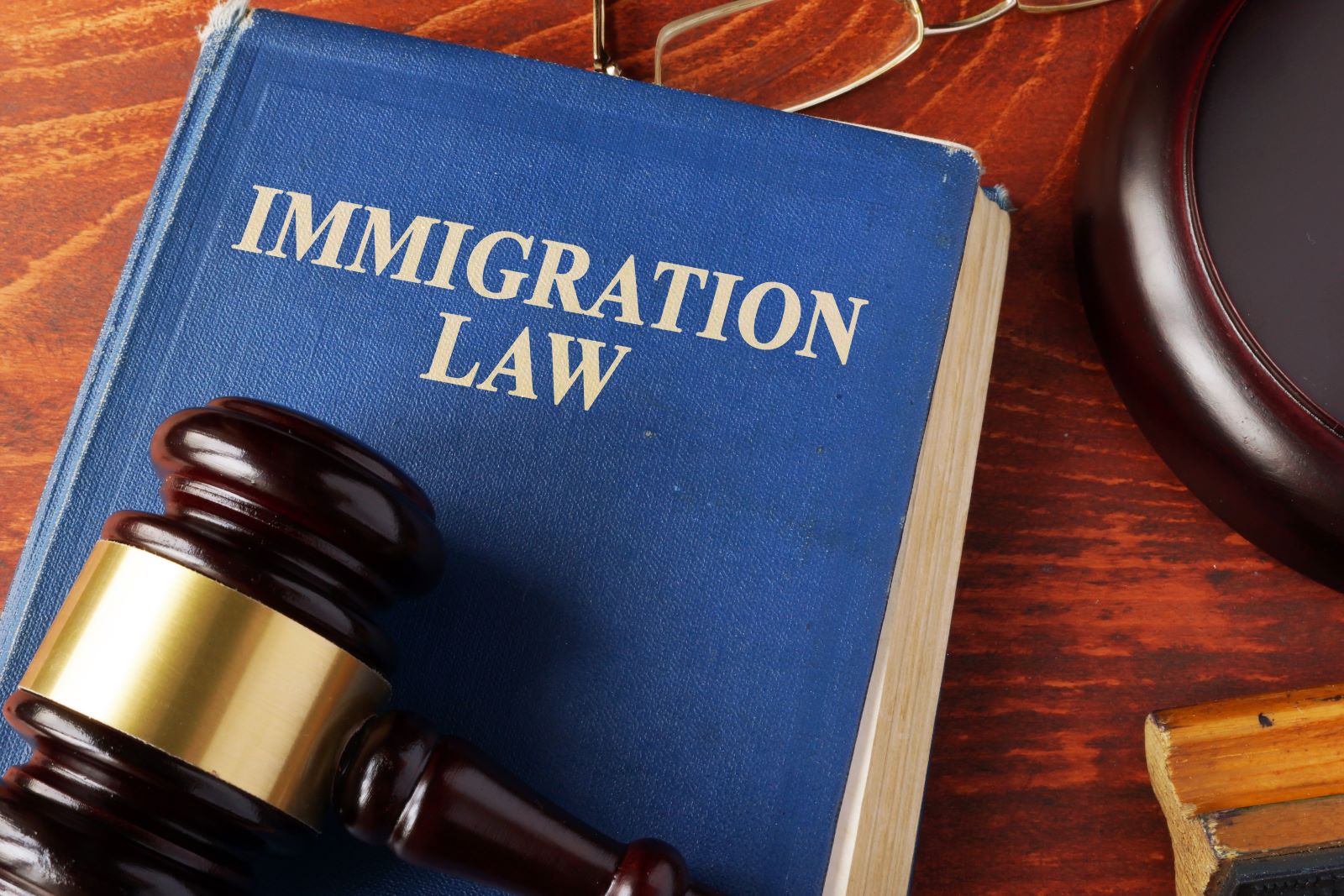
Trump’s immigration policies often strained relationships with other countries, particularly those in Central America. The administration’s pressure on Mexico to curb migration and the termination of Temporary Protected Status for certain nationalities fueled tensions and diplomatic challenges.
Courts as Battlegrounds

Trump’s immigration policies frequently ended up in court, with legal challenges addressing issues ranging from the travel ban to DACA. These cases underscored the contentious nature of immigration policy and the importance of the judiciary in shaping outcomes.
A Nation Divided
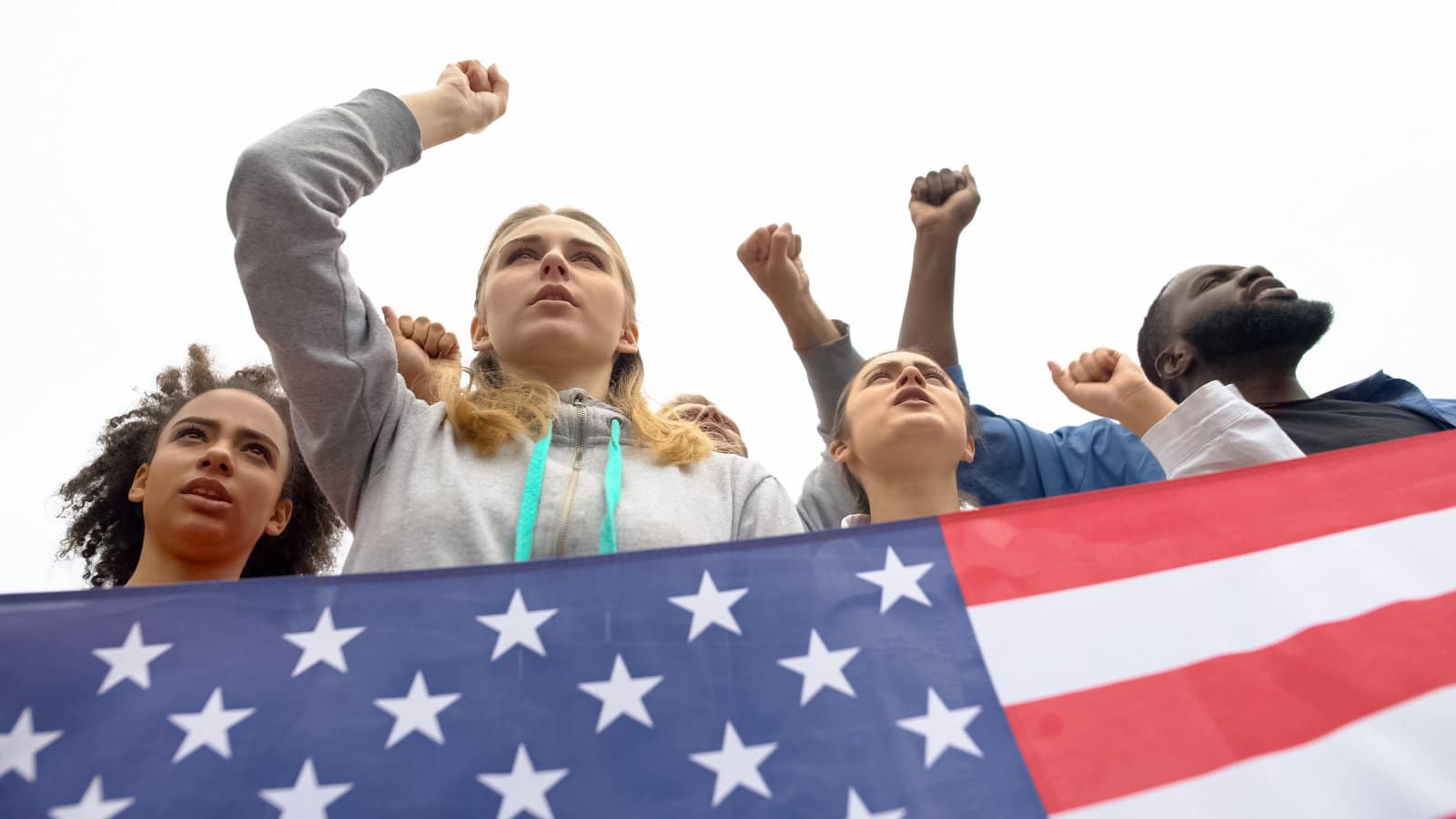
Public opinion on Trump’s immigration policies was deeply divided, with supporters praising his tough stance and critics denouncing what they saw as cruelty and discrimination. This divide reflected broader societal tensions and the challenge of finding consensus on immigration reform.
The Media’s Role

The media played a significant role in shaping public perceptions of Trump’s immigration policies, with coverage ranging from supportive to critical. The portrayal of immigration issues often influenced public opinion and political discourse, highlighting the media’s power in shaping narratives.
Immigration Reform
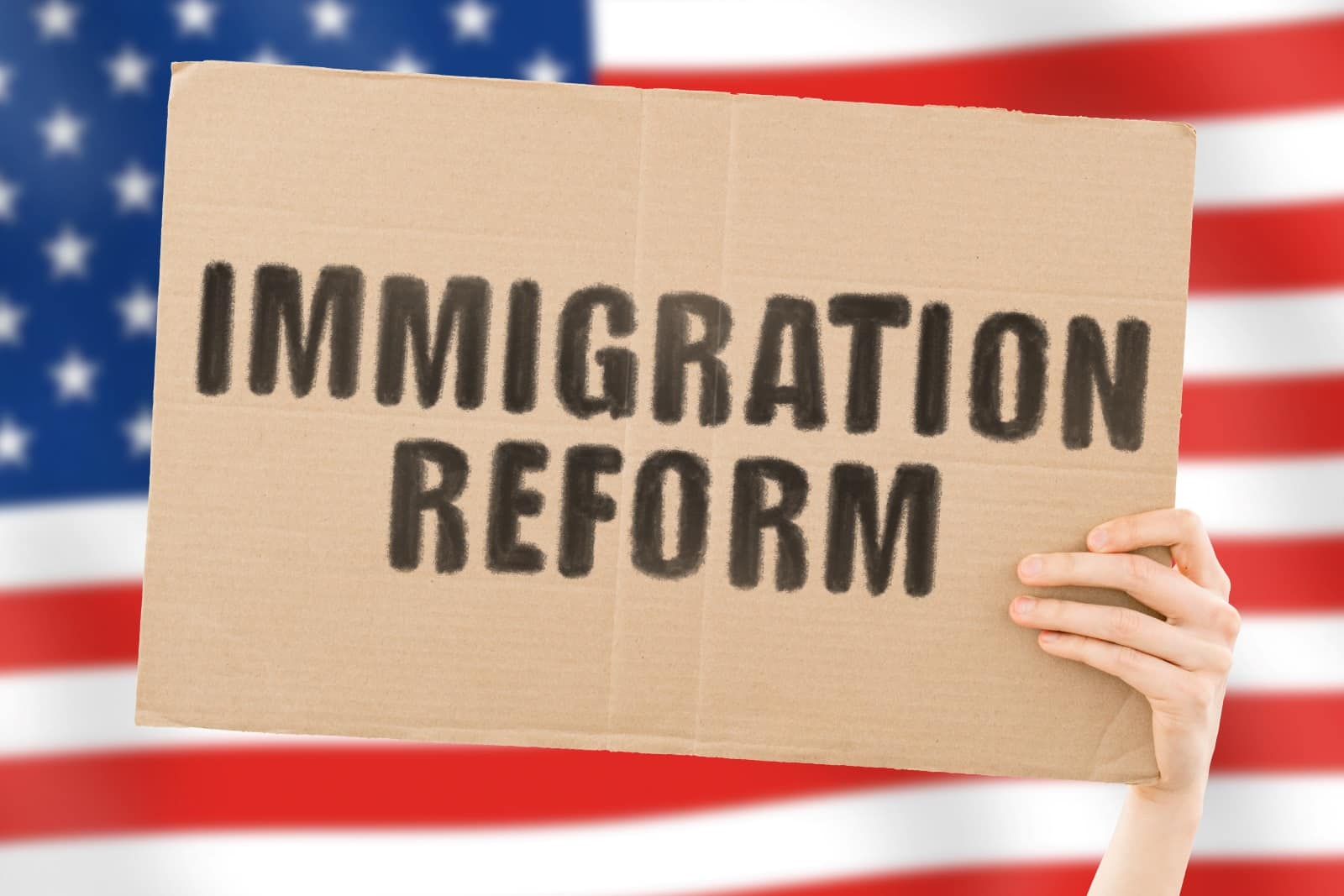
Despite the emphasis on immigration, comprehensive reform remained elusive during Trump’s presidency. The lack of legislative progress highlighted the challenges of achieving consensus in a polarized political environment, leaving many issues unresolved.
Legacy of Trump’s Immigration Policies

Trump’s approach to immigration left a lasting impact on American society, shaping political debates and influencing subsequent administrations. Whether seen as a necessary reform or misguided policy, his legacy on immigration continues to be a topic of intense discussion.
The Path Forward
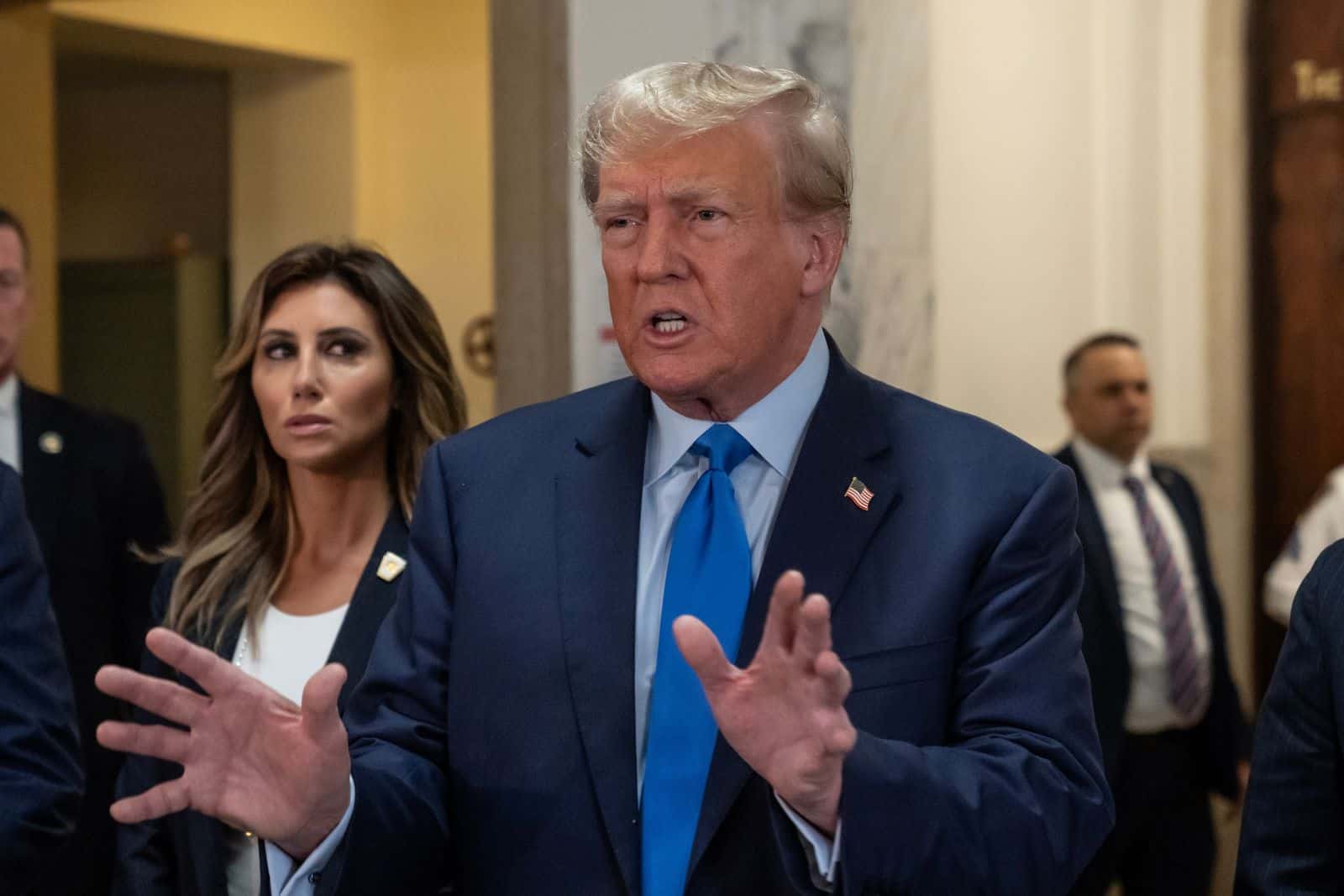
As America deals with the complexities of immigration, the path forward requires a balance between security and compassion. “We can’t let people come in illegally,” Trump insisted, but the conversation about immigration reform remains open, with opportunities for new approaches that address the multifaceted nature of the issue.
21 Beliefs About the Bible That Are Actually False

The Bible is one of the most discussed and debated books in history, yet many common beliefs about it are more myth than fact. How many of these misconceptions have you heard before? 21 Beliefs About the Bible That Are Actually False
21 Subtle Racisms That Are Commonplace in America
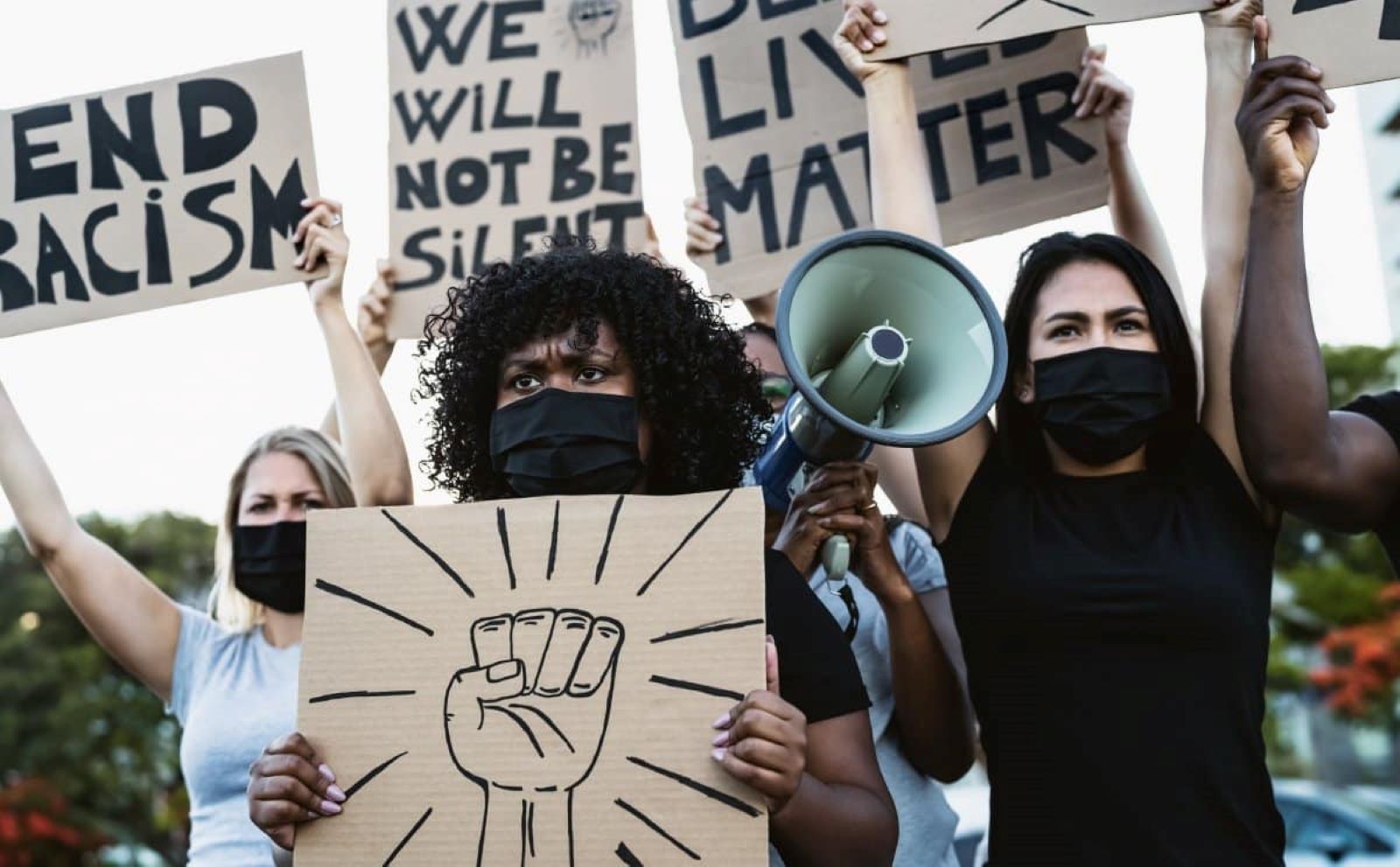
Racism in America isn’t always overt; it often hides in plain sight through subtle actions and attitudes. How many of these subtle racisms have you noticed around you? 21 Subtle Racisms That Are Commonplace in America
Only Legal in America: 21 Things You CAN’T Do in the Rest of the World

The U.S. dances to its own beat, especially when it comes to laws that make the rest of the world do a double-take. Here’s a lineup of things that scream “Only in America,” sticking strictly to what’s written in the law books. Ready for a tour through the American legal landscape that’ll leave you wondering if freedom might just be a bit too free? Only Legal in America: 21 Things You CAN’T Do in the Rest of the World
Featured Image Credit: Shutterstock / Evan El-Amin.
For transparency, this content was partly developed with AI assistance and carefully curated by an experienced editor to be informative and ensure accuracy.

